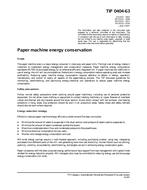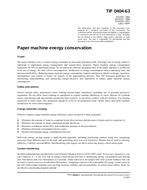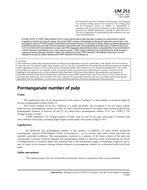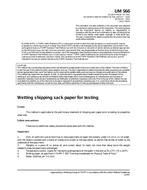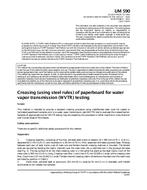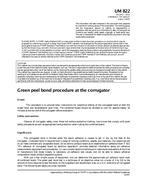The paper machine area is a major energy consumer in most pulp and paper mills. The high cost of energy makes it important to implement energy management and conservation measures. Paper machine energy consumption represents 50-70% of purchased energy for an otherwise efficient integrated mill. If the paper machine is inefficient in its use of energy, the mill will be uncompetitive. Reductions in energy consumption reduce operating costs and increase profitability. Reducing paper machine energy consumption requires attention to details in design, operation, maintenance, and control of nearly all aspects of the papermaking process. TAPPI TIP 0404-63 discusses guidelines for monitoring, benchmarking, and optimizing energy-intensive unit operations to reduce paper machine energy consumption.
Product Details
- Published:
- 2016
- Number of Pages:
- 27
- File Size:
- 1 file , 230 KB
- Note:
- This product is unavailable in Ukraine, Russia, Belarus

